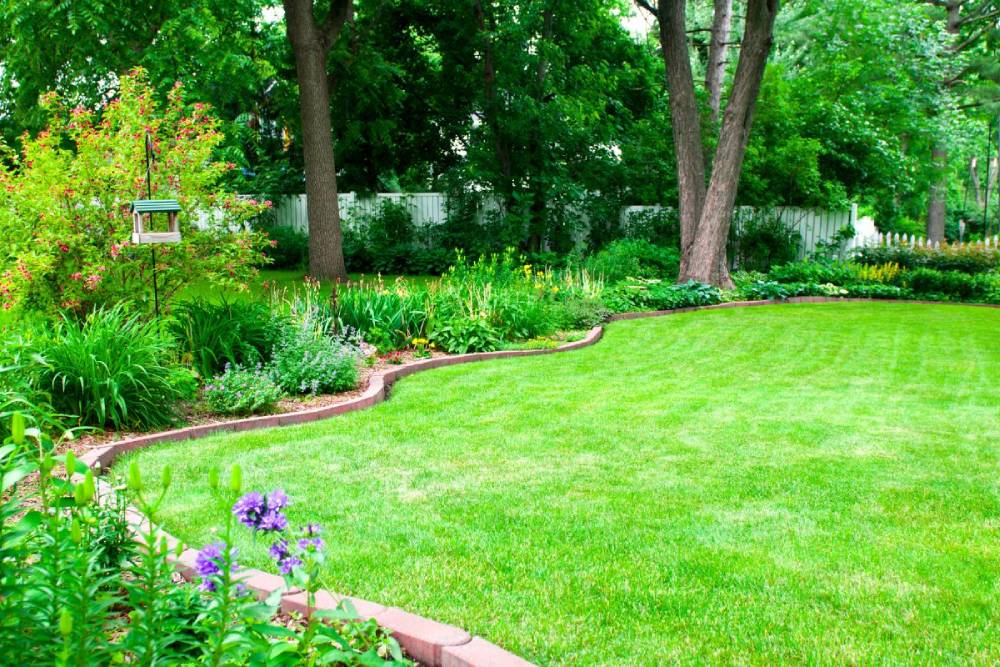Tree health care professionals of Naples, Florida share why trees are great for noise reduction.
Trees Help Reduce Noise that can be Harmful as well as Annoying
While it is rarely discussed amid the panicked oratories about smog and greenhouse gasses, noise pollution is recognized as a real problem. In the 1970’s there was even a law passed in an attempt to regulate noise pollution, though it has since lost funding and now falls under the Environmental Protection Agency.
Plants and trees can offer some respite from the assault of sound that comes with living in the modern world. This can be done both in residential and commercial settings to create a healthy buffer for outside sound. Planting trees can have many health benefits, but this is one that is often forgotten by the general public.
Health Problems Related to Noise Pollution
Some of the health issues that may come from noise pollution are obvious. Hearing loss is perhaps the most obvious one, although interrupted sleep is a close second. The lack of proper sleep can result in a whole host of issues, including some of the ones listed below:
- Stress
- Irritability
- Fatigue
- Headaches
- Hypertension(high blood pressure)
- Cardiovascular disease
- Stroke
The Physics of Sound Reduction With Trees
Trees help mitigate sound in four ways. These are discussed in detail in the list below. The ways trees ameliorate noise pollution is through sound reflection, sound refraction, sound absorption, and sound masking.
- Noise Reflection/Deflection: Sound waves often bounce off hard surfaces that they come in contact with. Just as light waves reflect off a mirror, sound waves can be sent back toward the source of the noise. This deflection can also disrupt other sound waves that are entering the space, further reducing volume.
- Noise Refraction: Refraction is when something changes direction when it hits something. Again, light waves are clearly analogous, so they are great for an example. When light goes into water, it changes direction. In the same way, sound waves can bounce off in different directions like a ricocheting bullet.
- Noise Absorption: Anyone who has felt vibration from a speaker understands sound absorption. The energy of the sound waves is dissipated through the tree itself and the surrounding soil is also primed for absorbing sound.
- Noise Masking: The best way to describe this is to use the example of a white sound machine or noise-canceling headphones. These devices create their own noise to disrupt the soundwaves coming in. Trees also have their own sounds that disrupt incoming noise.
What Types of Trees Do the Best Job of Sound Dampening
The trunk, branches, and foliage of trees all participate in the sound reduction process. It may seem intuitive, however, that some trees are better than others for creating sound barriers. Since deciduous trees lose their leaves for half the year, they are less reliable as noise buffers, though they do provide a limited amount even in the winter months.
Evergreen trees, on the other hand, can ameliorate sound year round and their shape and growth patterns can be used for privacy as well as for buffering sound.
About Any Town Tree
Whether you need a tree risk assessment or tree removal, Any Town Tree serves all the community of Naples, FL and beyond. Work with our certified arborists for plant health care as well as tree pruning and tree disease prevention. Call today for a free quote.

